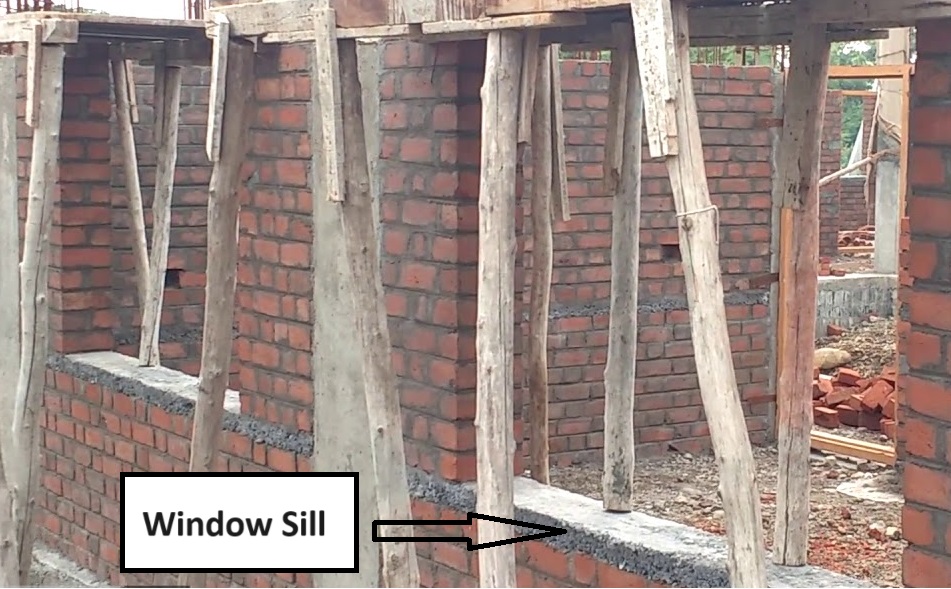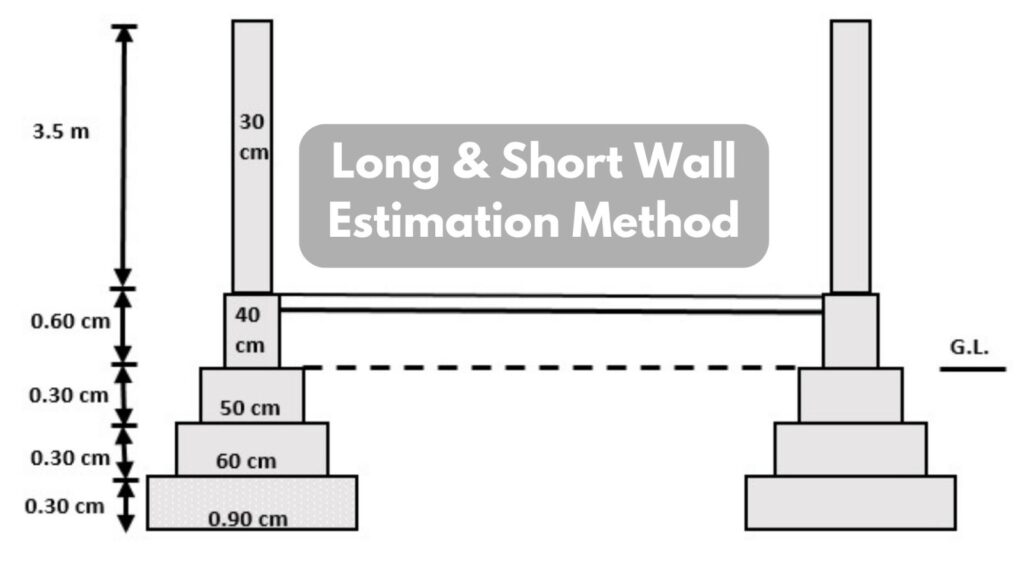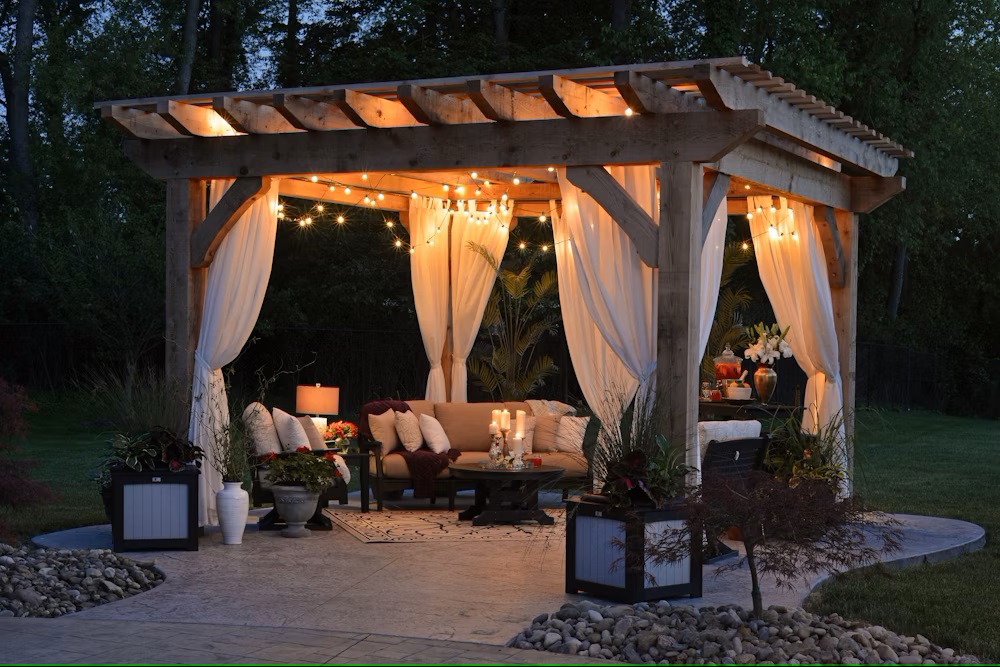Door Lintel:
A lintel is a horizontal support placed above doors, windows, or other openings in a building. Its main function is to bear the load from the structure above the opening and transfer it to the adjacent walls. Lintels consist of a variety of materials, including concrete, steel, wood, and stone, depending on building needs and aesthetic preferences.

Courtesy-housing
Types of Lintels:
- Timber Lintel: Made from wood, typically used in traditional or less modern structures.
- Stone Lintel: Often found in older buildings or structures with a classic architectural style.
- Concrete Lintel: Lintels made of reinforced or prestressed concrete are widely utilized due to their durability and strength.
- Steel Lintel: Used for larger openings or where high strength is required, often in modern buildings.
Functions:
- Supports the weight above openings.
- Distributes the load to prevent structural failure.
- Provides architectural aesthetics and integration with the design.
Window Sill:
A sill, also known as a windowsill or door sill, is the bottom horizontal part of a window or door frame. It serves as the foundation for the window or door and provides a surface on which the window or door rests. Sills are made to divert water away from the structure in order to stop possible damage and water entry.

Courtesy-youtube
Types of Sills:
- Wooden Sill: Common in traditional and residential buildings.
- Stone Sill: Often used in historical or classical architecture.
- Concrete Sill: Provides strength and durability, commonly used in modern construction.
- Metal Sill: Can be used for added durability, especially in commercial or industrial buildings.
Functions:
- Supports the window or door frame.
- Provides weather protection for the building.
- Provides a surface for water runoff to protect the building envelope.
- Contributes to the aesthetic appearance of the building.
Both lintels and sills are crucial in ensuring the structural integrity and longevity of a building, while also playing a role in its overall design and appearance.


